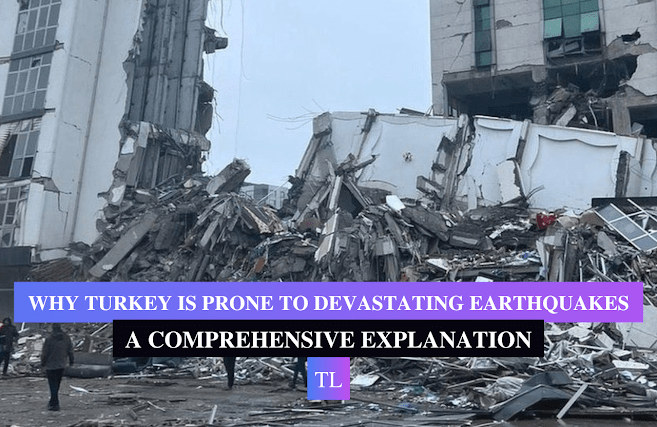Turkey: Turkey is a country that is
located in a highly active seismic region, known as the Mediterranean and the
Middle East. The region is characterized by the interaction of the Eurasian,
African, and Arabian tectonic plates. Turkey’s location on the intersection of
these plates makes it one of the most earthquake-prone countries in the world.
Geology of Turkey
The geological structure of
Turkey is unique and complex. The country is located on the boundary of the
Eurasian Plate and the Arabian Plate. The North Anatolian Fault Zone, which
runs through the northern part of Turkey, is one of the most active and
dangerous fault lines in the world. It is responsible for many devastating
earthquakes in Turkey in the past century.
Seismic Activity in Turkey
Turkey is one of the most
seismically active countries in the world. It experiences frequent earthquakes
of varying magnitudes, some of which can be highly destructive. The country has
a long history of devastating earthquakes, with the most recent being the 1999
Marmara earthquake, which claimed over 17,000 lives.
Why Is Turkey Prone to Earthquakes?
Turkey’s position on the
intersection of the Eurasian, African, and Arabian tectonic plates makes it
highly prone to earthquakes. The North Anatolian Fault Zone, which runs through
the northern part of the country, is one of the most active and dangerous fault
lines in the world. The fault is responsible for the frequent and devastating
earthquakes in Turkey.
Read More-
HAVE YOU EVER THOUGHT, WHY IT RAINS AFTER SUMMER AND WINTER COMES AFTER RAIN?
YOU MIGHT NOT KNOW THESE 10 THINGS ABOUT RAHUL GANDHI’S LIFE
Consequences of Earthquakes in Turkey
Earthquakes in Turkey have
severe consequences, including loss of life, property damage, and economic
disruption. The country has a long history of dealing with earthquakes and has
implemented measures to mitigate their effects. However, many of the buildings
and infrastructure in the country are still vulnerable to earthquakes.
Conclusion
In conclusion, Turkey is prone
to devastating earthquakes due to its location on the intersection of the
Eurasian, African, and Arabian tectonic plates. The North Anatolian Fault Zone,
which runs through the northern part of the country, is one of the most active
and dangerous fault lines in the world. Earthquakes in Turkey have severe
consequences, and the country has implemented measures to mitigate their
effects. However, much still needs to be done to ensure the safety of the
people and infrastructure in the country.
Discover more from THE LOKMAT
Subscribe to get the latest posts sent to your email.



